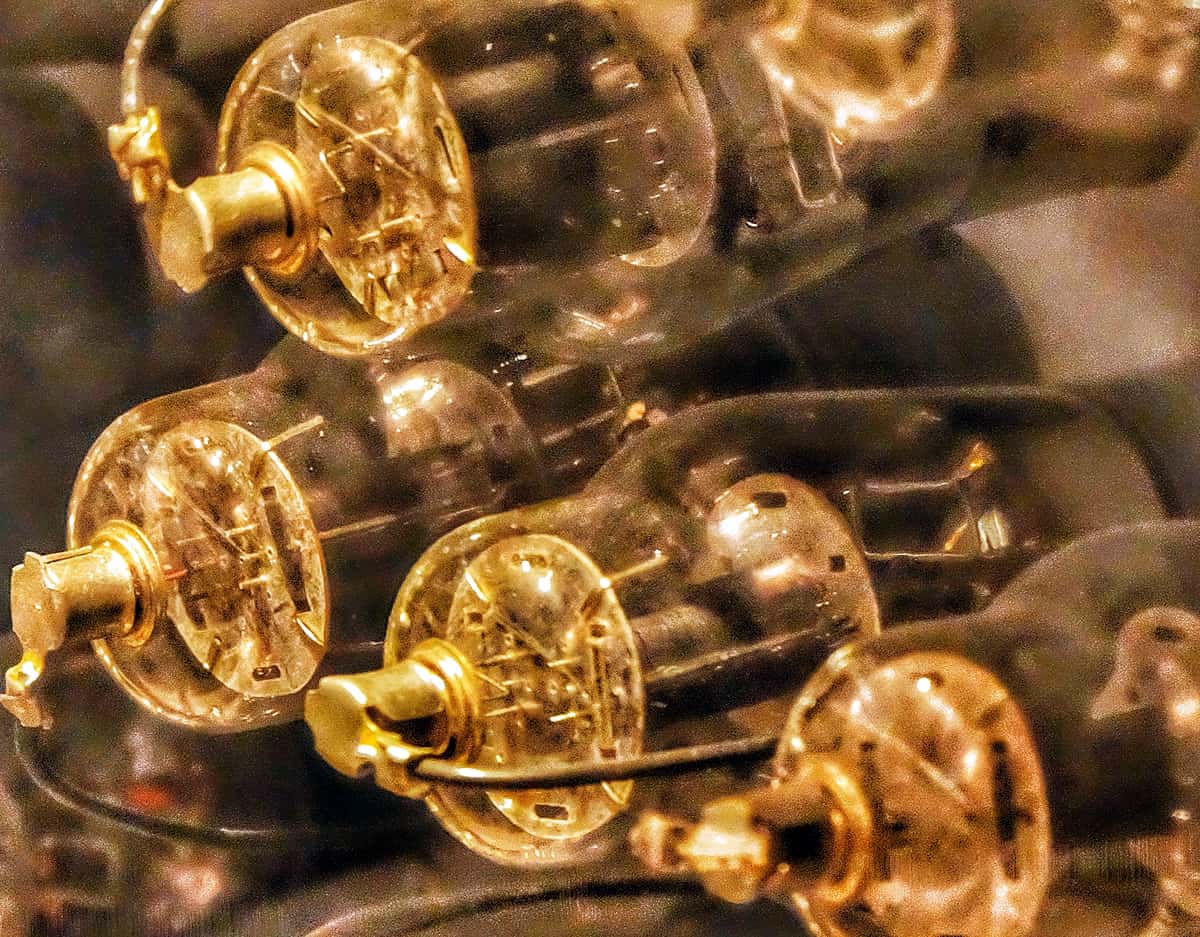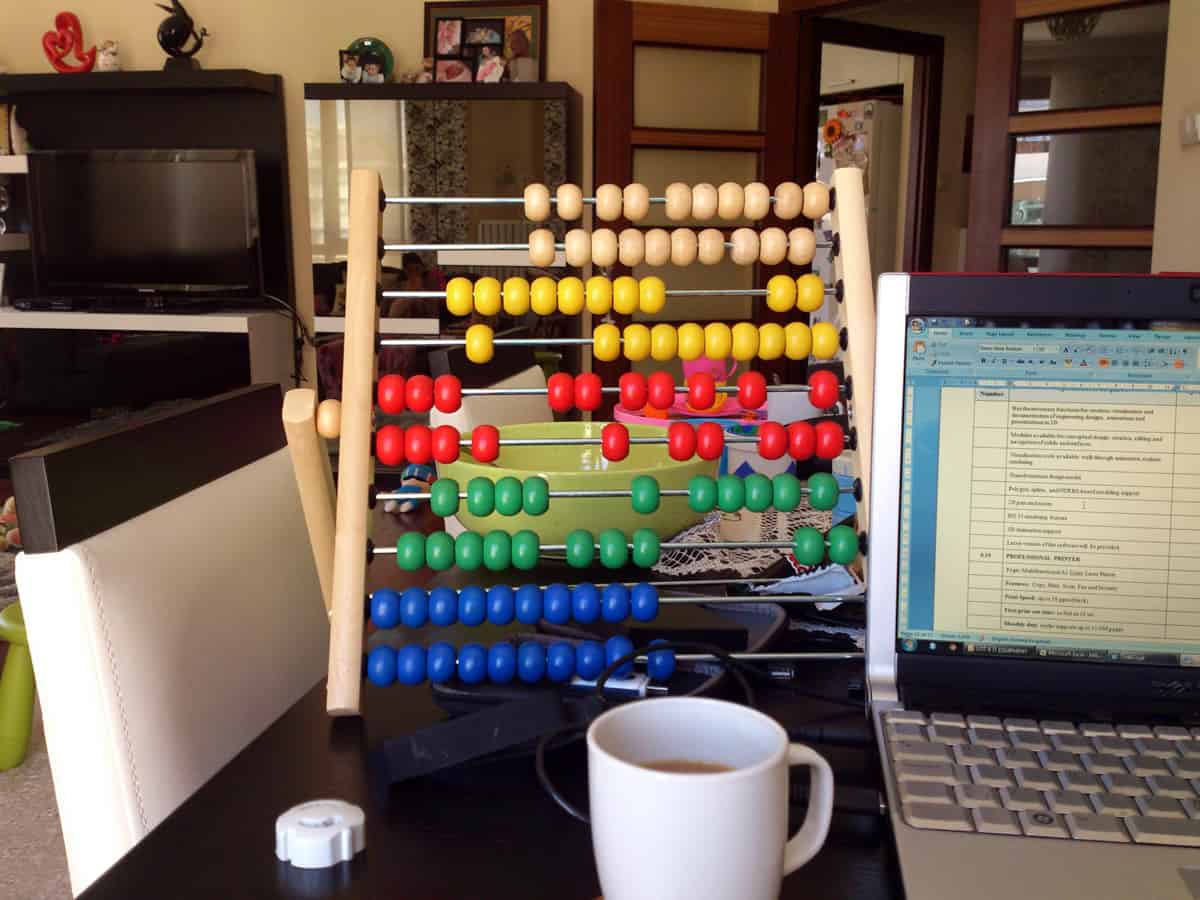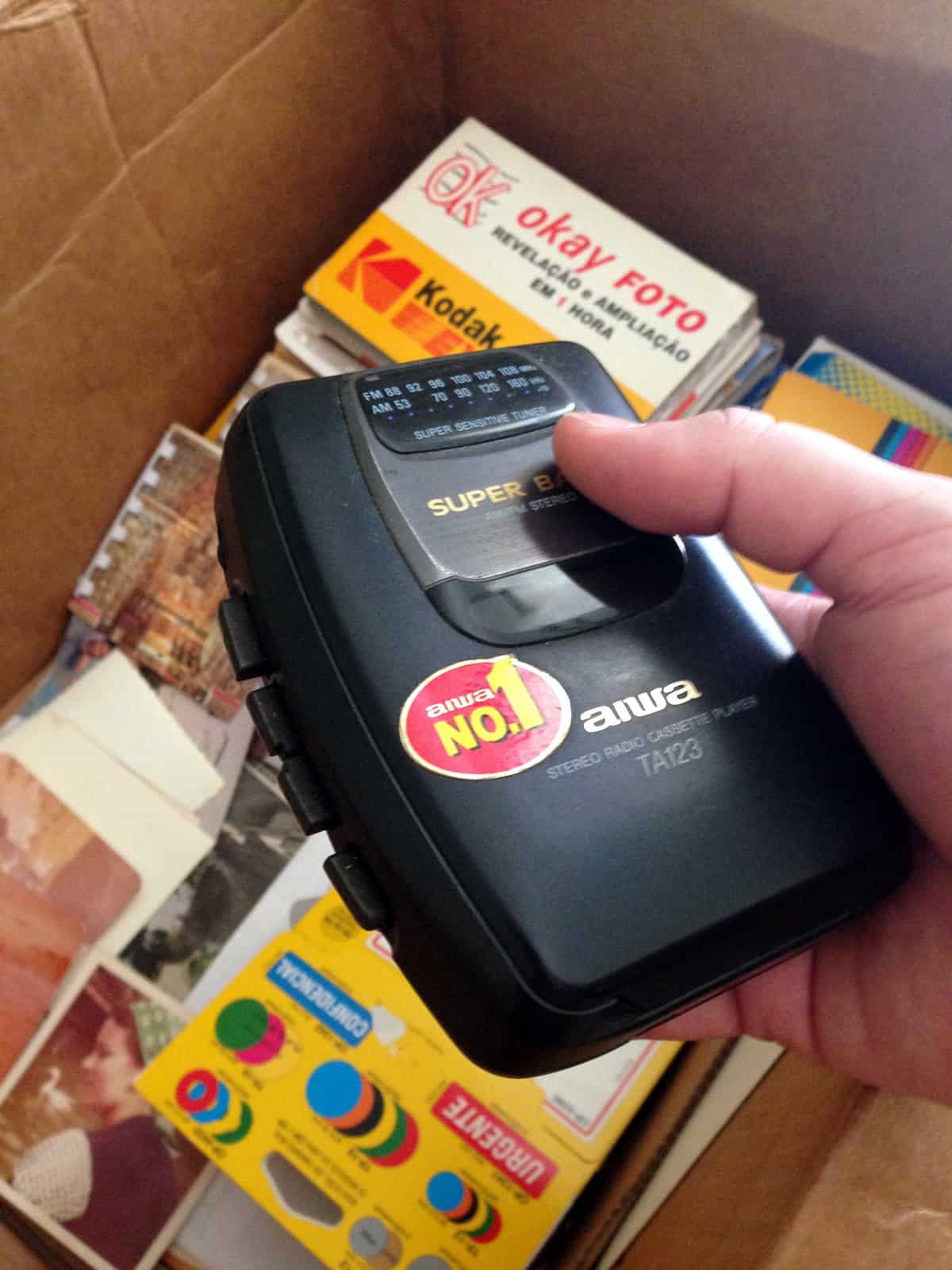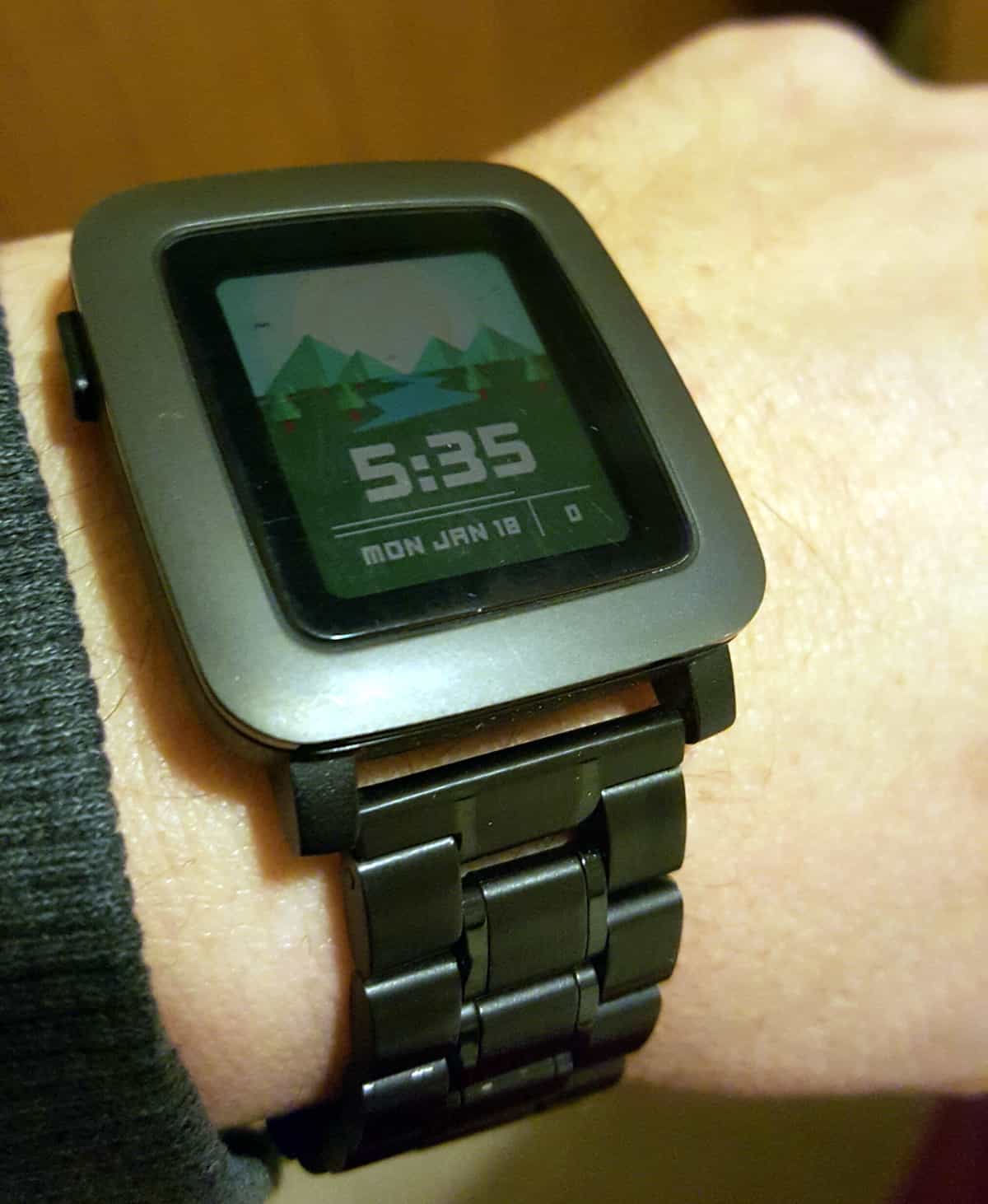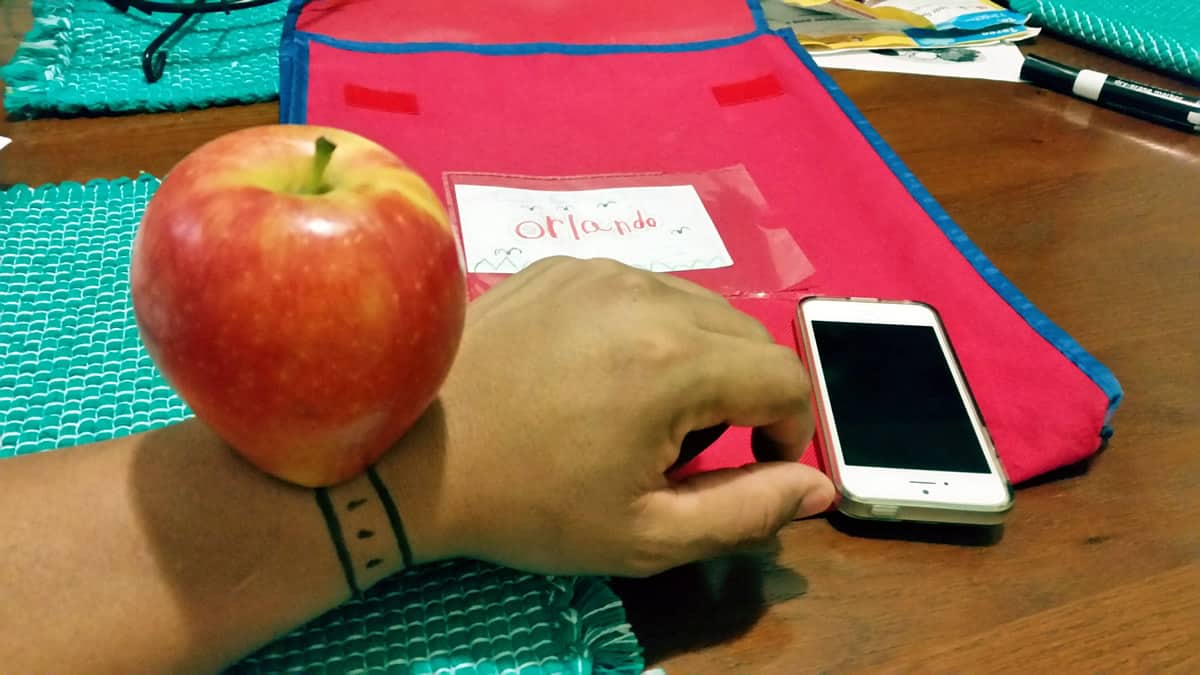Ever since ENIAC, the world’s first electronic computer, stretched its 30 metric tons across several rooms in the 1940s, computing has gotten smaller and smaller. Vacuum tubes turned into resistors, which in turn gave way to microchips, and now quantum computing looks to atoms for its power:size ratio.
While it’s tempting to think of wearable technology as a recent phenomenon, only made possible by the ever-shrinking nature of computing, it actually has a very long history. In fact, this Qing Dynasty era abacus ring may be the world’s oldest wearable computing device, dating back to the 17th century. That’s right — before we had penicillin, radios or even sliced bread, we had wearable computers.
If you think about it, it isn’t surprising that people have been developing wearable technology for centuries. Wearables transform flesh and blood humans into something greater than the sum of our parts, augmenting our minds with on-demand Internet searches so that the world of information is literally right at our fingertips (or at least our wrists), while also making our bodies more powerful with data about our heart rate, sleep patterns, exercise, mood and more. The lure of wearable electronics, wearable “smart” clothing and other wearable technology is this: that we can be smarter, faster, and more powerful with the addition of tiny computers to our bodies.
That’s probably why we developed the Apple Watch before we developed flying cars, much to the chagrin of Jetsons fans and auto enthusiasts alike (by the way, there’s a ton you can learn about user interface design from cars). Let’s take a deep dive into the history of wearables, as well as a look at where the future of wearable tech is going — and how to make sure your UI prototyping game is sharp enough to anticipate the user interfaces of the future.
(Want to jump right into developing your wearable UI/UX skills? Check out our post on mobile UI design tips for wearable technology).
Wearable Computing vs. Wearable Electronics vs. “Smart” Devices
Like we mentioned earlier, the abacus ring is proof that wearable computing predates wearable electronics by a few centuries (for the true hipsters among you, there are actually plenty of gorgeous abacus rings on Etsy, and many might actually look stunning alongside the Pebble Time on your wrist). While most of us might think that the Apple Watches and Android Wear devices of today — to speak nothing of the smart shirts, shoes and headgear propagating in the wearable smart clothing market — owe their existence to devices like the iPod, Walkman or even the ill-fated Nintendo Power Glove, wearable computing has actually enjoyed its own trajectory of evolution adjacent to that of wearable electronics.
For example, this article from Wareable.com lists several wearable technology advancements that predate even the boom boxes you (or your mom) might have carried on your shoulder in the 80s, before Sony rescued our commutes from the hell that is other people’s music. And many of these wearables were actually pretty analog, like the lightweight camera Julius Neubronner strapped to carrier pigeons in 1907 (the granddaddy of the GoPro), or the radio wave emitting time device Edward O. Thorpe and Claude Shannon wore in their shoes to cheat at roulette in the 1960s. Who said cheaters never prosper?
“Wearables in 2005” in 1996
Even the word “wearable” is older than we think, making its way into a 1990s workshop title. It’s not every day we get to link to a website boasting the phrase, “Last Update: April 20, 1998,” but this index of wearable technology resources from the University of Washington HITLab (Human Interface Technology Laboratory) cites a 1996 DARPA workshop titled “Wearables in 2005.” For those not in the know, DARPA, or the United States Defense Advanced Research Projects Agency, is also responsible for ARPANET — the predecessor to the Internet as we know it today.
While 2005 seems like forever ago, and 1996 a veritable bygone era, “Wearables in 2005” was incredibly forward thinking. At this workshop, DARPA worked with various industrial, military and university luminaries to develop a working definition of wearable computing: “data gathering and disseminating the devices which enable the user to operate more efficiently. These devices are carried or worn by the user during normal execution of his/her tasks.”
From this definition, researcher and inventor Steve Mann teased out three corollary principles of wearable computing:
• Wearable technology must be truly worn, not carried. So your Moto 360 is a wearable computer, but your Samsung Galaxy S7 isn’t.
• Wearable computers must be controlled by the user, and in a way that doesn’t necessarily entail conscious effort — this could mean voice commands, eye or head motion tracking and other methods of inputting commands that think outside of the keyboard. The glances and notifications Apple Watch employs in its user experience are another great example.
• Wearable technology must be “always on.” Even if it has a sleep mode, a user should be able to communicate with the device on demand at any point in time.
What’s cool, of course, is that the wearable technology we’re developing apps for today does, for the most part, exemplify this set of principles put forth before Steve Jobs even returned to Apple, and ages before Tim Cook introduced us to Apple’s smartwatch offering. Think about your favorite wearable, whether it’s a relatively low-tech fitness tracker or a top-of-the-line smartwatch. Obviously, you wear it somewhere on your person, whether it’s on your wrist, on a chain around your neck like the Bellabeat Leaf or even in your ear, like the YONO Labs fertility tracker. You can control it with relative ease, whether using a touchscreen or with some sort of body movement or voice command. And you probably wear it, or at least can wear it, 24/7, even while you’re sleeping — heck, many wearable devices are specifically designed to track your sleep quality.
One type of device that doesn’t seem to fit well within this framework is the virtual reality headset. Devices like the Oculus Rift, Samsung Gear VR and HTC Vive all fit the first two criteria, as they’re designed to be worn and employ forward-thinking user inputs like head motion tracking, but they’re certainly not designed to be worn at all times. While it would be amazing to see VR technology evolve to be comfortably worn for more than an hour or two, the prospect of rocking virtual reality headgear at all times (even with the visibility of a passthrough camera) would be a great exercise in seeing how quickly you can give yourself a migraine headache.
Accessibility: The Cornerstone and Future of Wearable Technology
Here at Proto.io, we’re not shy about how we feel about accessible design: namely, that all good user interface design should be accessible, to the point that even talking about accessible user interface design should be redundant (don’t know where to get started? Check out our beginner’s guide to accessible mobile UI design, then learn about how designing with audio can help make your UX more accessible to those with visual difficulties).
When you think about wearable technology, your first thoughts might land on many of the numerous fitness trackers counting your every step, heartbeat and stair climbed, or even on more space-age tech like Google Glass. But chances are good that many of you are reading this article with the ever-important assistance of one of the most popular pieces of wearable technology on the planet: eyeglasses.
Whether you’re nearsighted or farsighted, rocking bifocals or astigmatism-friendly Toric contacts, there’s a 3 out of 5 chance you need some sort of corrective lenses or surgery in order to walk out of your door without bumping into things (or at least read fine print or small font sizes). If you’ve ever accidentally sat on your only pair of glasses, you already know how important that particular piece of wearable technology is — and how important accessibility options were to get you through the trying period waiting until Lenscrafters was done with your next set of specs.
Accessibility has always been a major factor in making wearable technology, from glasses and hearing aids to shoes that send safety and navigational information to visually impaired wearers who pair the shoes with their walking canes. Even Google Glass, which we mostly think about as a futuristic technology that projects cyberpunk-looking heads-up displays on the world around us, has been modified to help people with motor control issues and conditions like muscular dystrophy move around the world more freely.
Could wearable technology and computing one day help eliminate the barriers to access people with disabilities experience in their daily lives? It’s a tall order, but given how many developers are already changing the world with mobile apps, it’s a dream we’d like to see realized — if not in our lifetimes, then in those of the next generation.
Crowdfunding: Finding the Coolest Wearable Technology on Kickstarter
While wearable technology might seem like a constant reiteration of the same theme right now — the same smartwatches, the same fitness trackers, more VR and AR headsets, more clothing made to measure athletic performance (with little obvious functionality for those of us not similarly endowed) — some of the most interesting things happening in the world of technology are actually being made possible via crowdfunding platforms like Kickstarter and Indiegogo.
The most obvious example of a runaway crowdfunding hit in the wearable technology space is Pebble, the smartwatch that supports both Android Wear and Apple Watch operating systems. Pebble set a record in 2015 by raising over $20 million on Kickstarter, and a device that started out as an indie darling is now ubiquitous in the tech world, flying off the shelves at Best Buy right next to industry heavy hitters like Motorola, Samsung and Apple.
Pebble was a true game-changer in the world of smartwatches, but smartwatches are far from the only game in town. AirJamz is a “wearable air guitar” that turns your body movements into actual music, from acoustic strumming to heavy shredding. The Hiji Band is a headband designed to detect and report concussions in young people playing full contact sports like football or hockey, hopefully preventing brain injury down the line. There’s even a crowdfunding campaign for a horse-riding wearable that “tracks the rider’s training session and the horse’s well-being.” If you can dream it, you can wear it — and if you can wear it, you can crowdfund it.
By the way, if you’re one of the inventive engineers seeking crowdfunding dollars to back your disruptive wearable app, creating a gorgeous proof of concept is one of the best things you can do to help convince backers to throw a few dollars your way. Instead of writing marketing copy or even stunning video content showing what your app can do, you can put the experience of using your app right in your potential investors’ hands with a wearable mobile app prototype that feels like the final product.
Virtual and Augmented Reality: How Wearable Technology Will Blur The Line Between Digital and Analog Worlds
Future-proofing your user interface design chops is only one of the many reasons all UX designers should get into virtual and augmented reality (here are three more compelling reasons), but for our dollar, the future of wearable technology will incorporate more and more elements of VR and AR. We’ve already begun to see this with augmented reality wearables like Google Glass, the Microsoft HoloLens and other lesser-known, but still super cool smart glasses like the CastAR and the Meta.
What we’d most like to see from the world of wearable technology is a more seamless integration of AR and VR into everyday life. Maybe that’s a VR headset that is comfortable and even fashionable to wear, with a passthrough camera that allows users to move more freely around their house between games or experiences. Maybe it’s a pair of smart glasses with just as much form as they have function — or, at the very least, the next iteration of Google Glass. We can dream, right?
Prototyping Your Wearable App: Easier Than You Might Think
Whether you’re already developing for wearables or just beginning to dip your toes in this technology, Proto.io makes it quicker and easier than ever to bring your ideas to life in a stunning digital proof of concept. Sign up for a free 15-day trial of Proto.io today to create a lifelike prototype of your Apple Watch or Android Wear app idea in minutes. With a simple drag-and-drop interface and access to robust UI design libraries, we do most of the heavy lifting for you, so you’re free to do what you do best: create disruptive products.
What do you think the future of wearable technology holds? Tweet us @Protoio to let us know!
